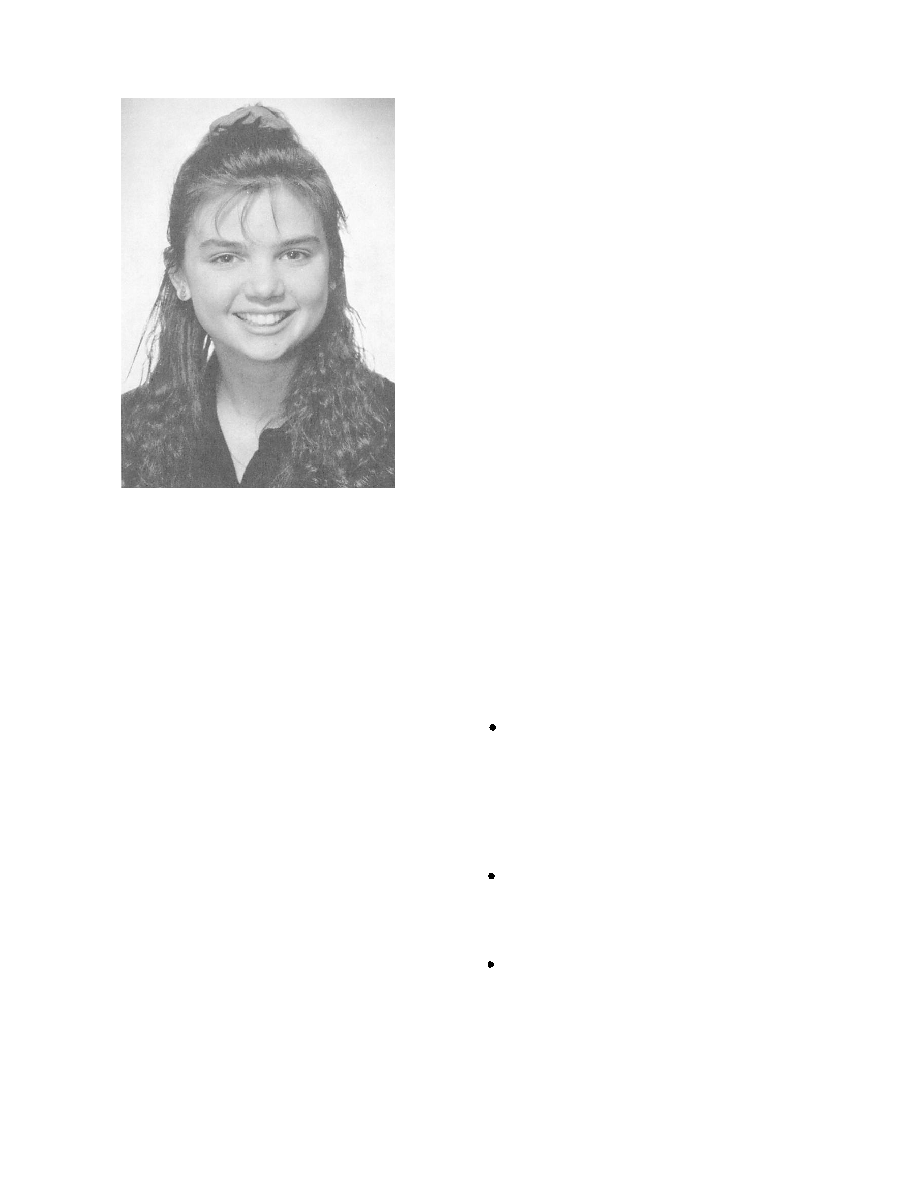
DOFMaster
for Windows
On-line
Depth of Field
Calculator
DOFMaster for Mobile Devices
On-line
Depth of Field
Table
Hyperfocal
Distance Chart
Articles
FAQ
Recommended
Books
Support
Contact
Links
Home
for Windows
On-line
Depth of Field
Calculator
DOFMaster for Mobile Devices
On-line
Depth of Field
Table
Hyperfocal
Distance Chart
Articles
FAQ
Recommended
Books
Support
Contact
Links
Home
As an Amazon Associate I earn from qualifying purchases.
![]()
characteristics can be lost. By moving the main light
higher, you can create a certain amount of modeling. The
light now creates a little modeling and is still very
flattering and almost foolproof. This lighting is
considered flattering because it does not emphasize lines
or shadows around the mouth. It does, however,
emphasize eyes and eyelashes, especially in females.
the nose to the top edge of the upper lip (fig. 7-10). Each
subject's face and nose is different, so the correct height
a long nose, the light should be low to shorten the
shadow. When the subject has a short nose, raise the
main light to lengthen the shadow. This has a secondary
effect as well. It adds form below the eyebrow and
accentuates any slight hollowness in the cheeks, giving
a more provocative look.
draws up and the shadow goes over the lip. The nose
lip. When it does, the lip form is destroyed and it appears
unnaturally small.
above the subject's eye level. The intensity of this light
should be about one f/stop less than the main light. The
closer to or farther away from the subject to increase or
decrease its effect. Balance also can be controlled by
head can be posed from full face to profile. However,
Therefore, the main light must be moved with the head;
and as the head moves to the three-quarter or profile
position, the hair light also must be moved. The fill light
is not moved.
facial features of the profile to be highlighted (fig. 7-11).
Some suggestions to use when taking profile portraits
ahead, only the whites of the eyes are seen by the
Instead have the eyes cheat-turn the eyes slightly
toward the camera, without turning the head, to
show enough of the iris so the eye can be seen as
an eye, not a white ball.
separates the chin from the far shoulder, gives a
better neckline, and reduces the appearance of a
the subject to "look" beyond the frame.
Basic Photography Course

As an Amazon Associate I earn from qualifying purchases.
WWW.DOFMASTER.COM
© 2006 Don Fleming. All rights reserved.
© 2006 Don Fleming. All rights reserved.